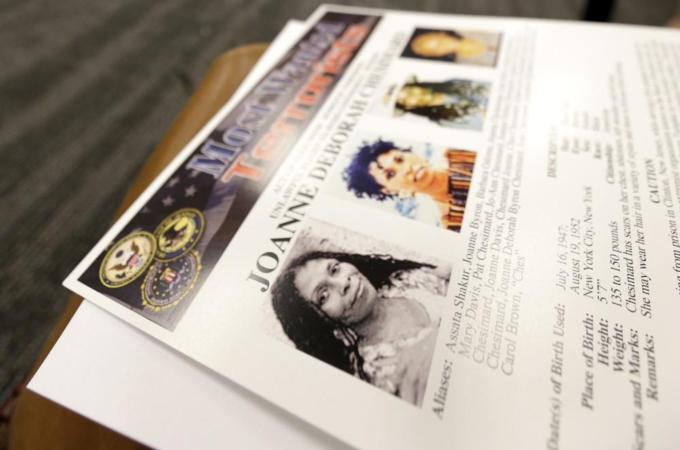
Timothy Leary really screwed things up for science. By abandoning the scientific method for a mystical embrace of hallucinogenic drugs, the Harvard-professor-turned-LSD-evangelist became a symbol of ’60s-era drug-fueled degeneracy. Worse, the ensuing backlash pushed these drugs underground and caused an enormously promising field of research to go dormant for nearly half a century.
Or so say some scientists who met in Oakland, California last weekend for a conference on the science and therapeutic potential of psychedelic drugs. “The antics of Timothy Leary really undermined the scientific approach to studying these compounds,” psychopharmacologist Roland Griffiths of Johns Hopkins University told the audience.
But the times they are a-changin’. In recent years, a small cadre of scientists has cautiously rekindled the scientific study of psychedelics. At the conference, they reported new findings on how these drugs scramble brain activity in ways that might help explain their mind-bending effects. They’re also slowly building a case that these drugs might help people with depression, anxiety and other disorders.
Roughly a dozen small clinical trials are now underway worldwide. But the idea isn’t “take two tabs of acid and call me in the morning.” Instead, these trials are testing the idea that psychedelics taken in a therapist’s office as part of a series of psychotherapy sessions can make talk therapy more effective.
“Now that we’ve been able to start getting some evidence on the benefits, it changes people’s calculus,” said Rick Doblin, the founder and executive director of the Multidisciplinary Association for Psychedelic Studies (MAPS), one of the meeting’s sponsors.
Doblin and MAPS have been battling regulators since the mid-80s to allow research and clinical trials with psychedelics. The recent revival of psychedelic science may be one sign



